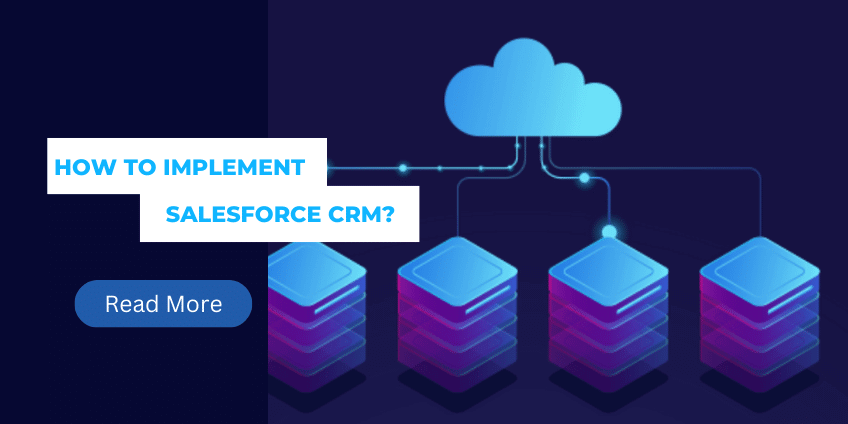AI Implementation Guide
Artificial Intelligence (AI) is transforming industries across the globe, offering unparalleled opportunities for innovation, efficiency, and growth. However, successfully integrating AI into your business operations requires careful planning, strategy, and execution. This AI Implementation Guide is designed to provide a comprehensive roadmap for organizations looking to leverage AI technologies. From selecting the right AI tools to deploying and optimizing them, this guide covers all the essential steps needed for a successful AI implementation. Whether you’re a startup or a large enterprise, following this guide will help you navigate the complexities of AI and ensure that your implementation yields the desired outcomes.
The Rise of AI in Modern Organizations
1. Understanding AI Implementation:

a) What is an AI Implementation?
An AI Implementation Guide is a structured approach to integrating AI technologies into your business processes. It involves a series of steps, including assessing business needs, selecting appropriate AI tools, and developing a deployment strategy. This guide serves as a blueprint to ensure that AI initiatives align with your business goals, mitigate risks, and deliver measurable results. By following a clear implementation guide, organizations can avoid common pitfalls and maximize the value derived from AI technologies.
2. The Impact of AI on Organizational Efficiency:

a) Enhanced Data Analysis and Decision-Making:
With AI-powered analytics, organizations can analyze large datasets swiftly and uncover valuable insights that might have otherwise remained hidden. The ability to process information quickly empowers businesses to make well-informed decisions, enabling them to respond to market changes proactively.
b) Streamlined Workflows and Automation:
AI implementation in organizations paves the way for automating repetitive tasks, freeing up valuable human resources to focus on more strategic and creative endeavors. From customer service chatbots to automated data entry, AI-driven automation optimizes workflows, leading to improved productivity and reduced operational costs.
Frequently Asked Questions (FAQs):
3. Overcoming Challenges in AI Implementation:

a) Data Privacy and Security Concerns:
As organizations collect and process vast amounts of sensitive data, data privacy and security become paramount concerns. To ensure compliance and safeguard against breaches, organizations must adopt robust security measures and stringent data protection protocols.
b) Integration and Adaptation:
Integrating AI into existing organizational structures can be challenging. Companies must invest in proper training and resources to help employees adapt to new AI technologies seamlessly. Effective integration is crucial to ensure a smooth transition and maximize the benefits of AI implementation.
4. Maximizing the Potential of AI Implementation:

a) AI-Powered Customer Support:
AI-driven chatbots and virtual assistants provide customers with prompt and personalized support, enhancing overall customer experience. These AI-powered solutions can handle routine inquiries and provide real-time assistance, improving customer satisfaction and loyalty.
b) Predictive Analytics for Business Insights:
AI-powered predictive analytics enables organizations to anticipate market trends, customer behavior, and potential risks. By harnessing this information, businesses can make informed strategic decisions, gain a competitive edge, and identify untapped opportunities.
For additional insights into cloud-based AI deployment strategies, you can refer to the IBM Cloud Implementation Guide.
Key Steps in the AI Implementation Guide
1. Assessing Business Needs and Objectives
The first step in the AI Implementation Guide is to assess your business needs and objectives. Understanding where AI can add the most value is crucial to a successful implementation. Identify key areas such as customer service, supply chain optimization, or predictive analytics where AI can have a significant impact. This initial assessment helps in setting clear goals and expectations for the AI project, ensuring that it addresses specific business challenges.
2. Selecting the Right AI Tools and Technologies
Choosing the right AI tools and technologies is a critical step in the AI Implementation Guide. With a myriad of AI solutions available, it’s essential to select those that align with your business needs and technical capabilities. Whether you’re opting for machine learning models, natural language processing, or computer vision technologies, ensure that the tools you choose can be seamlessly integrated into your existing systems. Consider factors such as scalability, ease of use, and support when making your selection.
3. Developing a Comprehensive AI Implementation Strategy
i- Building a Skilled Team
A successful AI implementation requires a team with the right mix of skills and expertise. Assemble a team that includes data scientists, AI engineers, and business analysts who understand both the technical and strategic aspects of AI. This team will be responsible for developing and executing the AI implementation strategy, from data collection and model training to deployment and monitoring.
ii- Data Collection and Preparation
Data is the foundation of any AI project. In the AI Implementation Guide, data collection and preparation are critical steps. Ensure that you have access to high-quality, relevant data that will be used to train your AI models. Data preparation involves cleaning, labeling, and organizing the data to ensure that it is suitable for AI processing. The quality of your data directly impacts the accuracy and effectiveness of your AI solutions.
4. Deploying AI Solutions
i- Pilot Testing and Iteration
Before full-scale deployment, it’s advisable to conduct pilot testing as part of the AI Implementation Guide. Pilot testing allows you to evaluate the performance of your AI solutions in a controlled environment, identify potential issues, and make necessary adjustments. Based on the results, iterate and refine your AI models to improve accuracy and performance.
ii- Full-Scale Deployment
Once your AI solutions have been thoroughly tested and refined, proceed with full-scale deployment. This stage of the AI Implementation Guide involves integrating AI into your business processes and systems. Ensure that your team is prepared to handle any challenges that arise during deployment and that there are mechanisms in place for ongoing support and maintenance.
5. Monitoring and Optimization
i- Continuous Monitoring
AI implementation doesn’t end with deployment. Continuous monitoring is essential to ensure that your AI solutions are performing as expected and delivering the desired outcomes. Use analytics tools to track key performance indicators (KPIs) and monitor the effectiveness of your AI models in real-time.
ii- Ongoing Optimization
As part of the AI Implementation Guide, ongoing optimization is necessary to maintain and enhance the performance of your AI solutions. Regularly update your models with new data, retrain them as needed, and make adjustments based on changing business needs. Optimization ensures that your AI implementation continues to deliver value over time.
Conclusion:
Implementing AI successfully requires a structured and strategic approach. This AI Implementation Guide provides a comprehensive framework for assessing business needs, selecting the right tools, and deploying AI solutions effectively. By following the steps outlined in this guide, organizations can unlock the full potential of AI, driving innovation and growth. Remember, AI is a journey, not a destination, and continuous optimization is key to long-term success.

